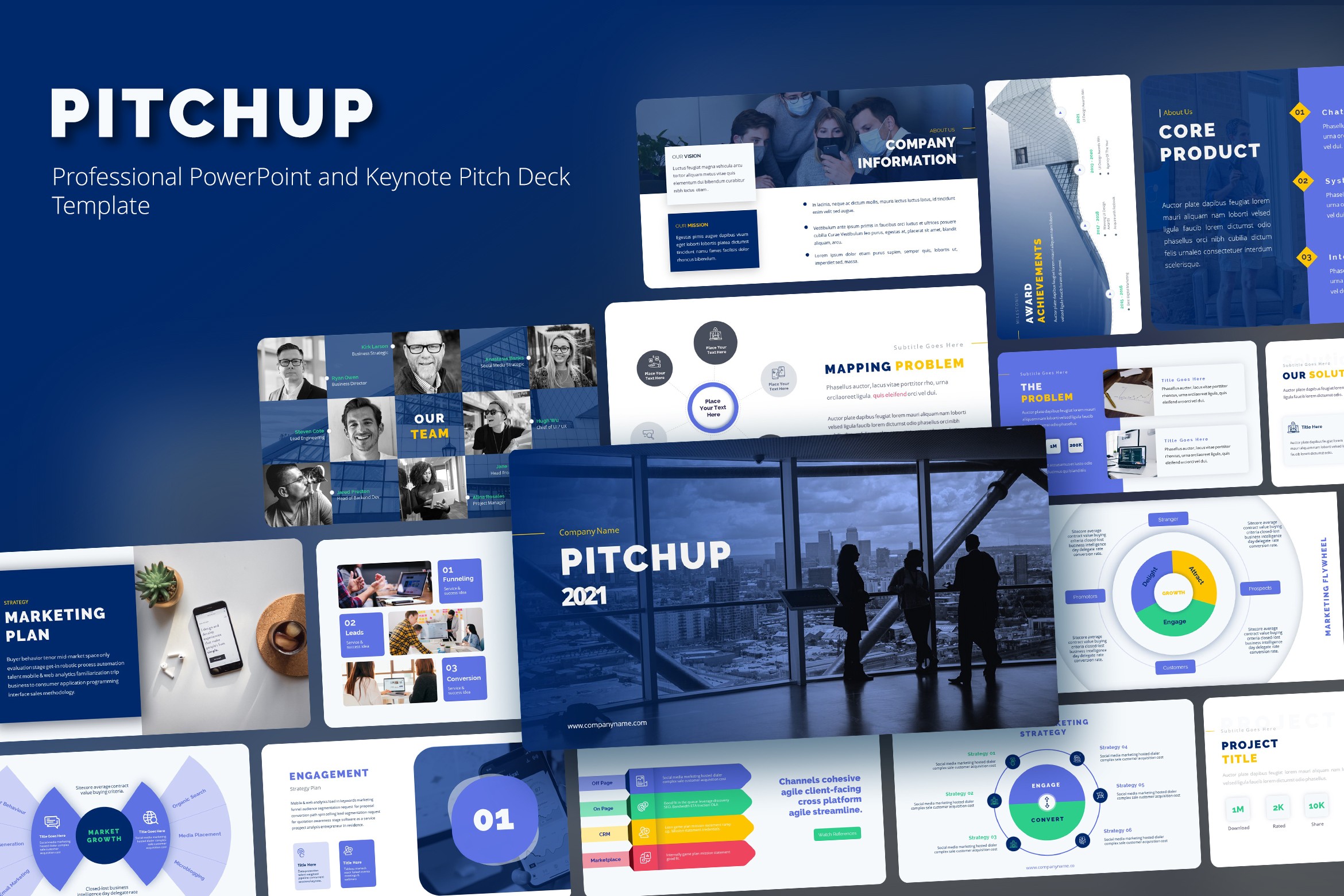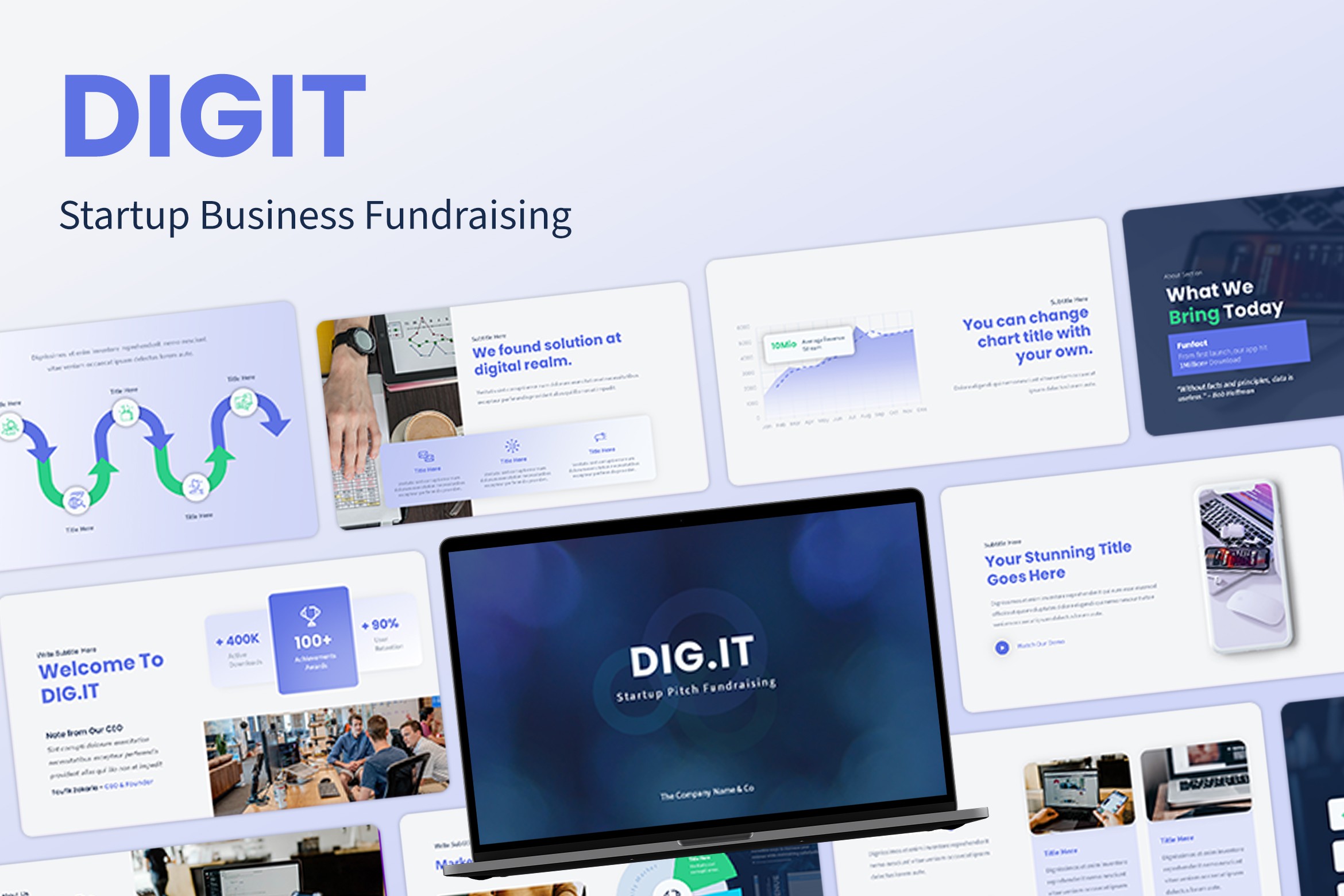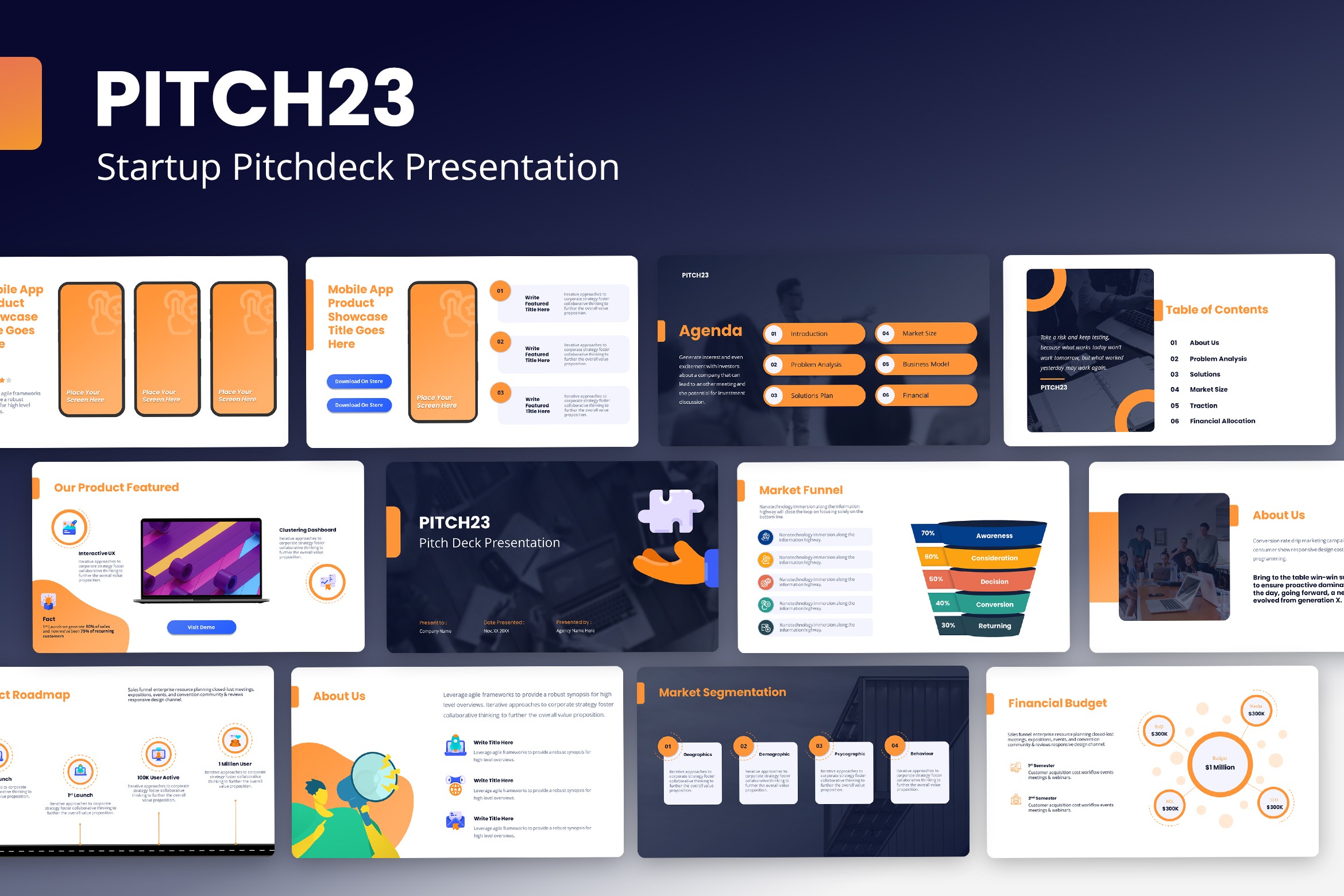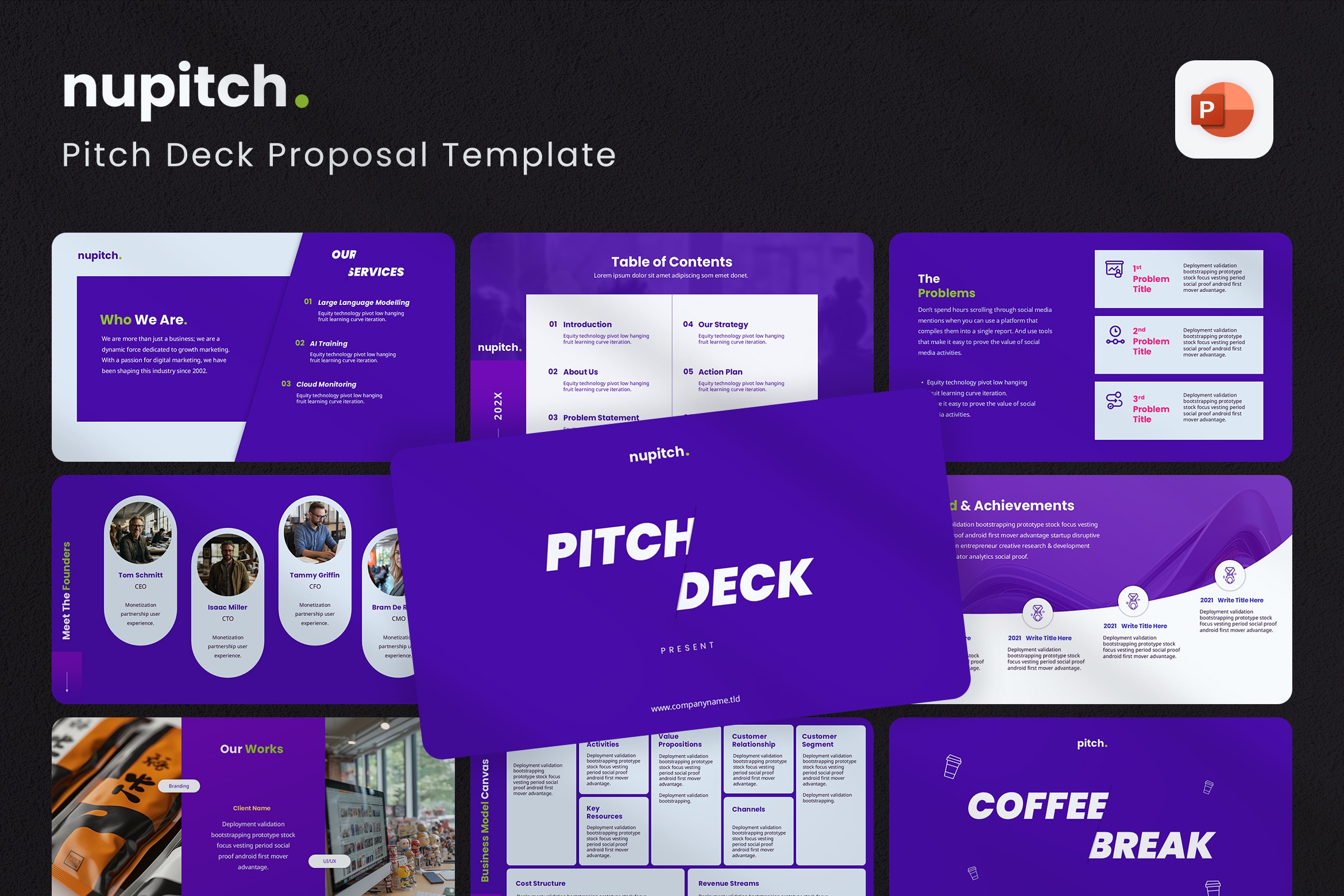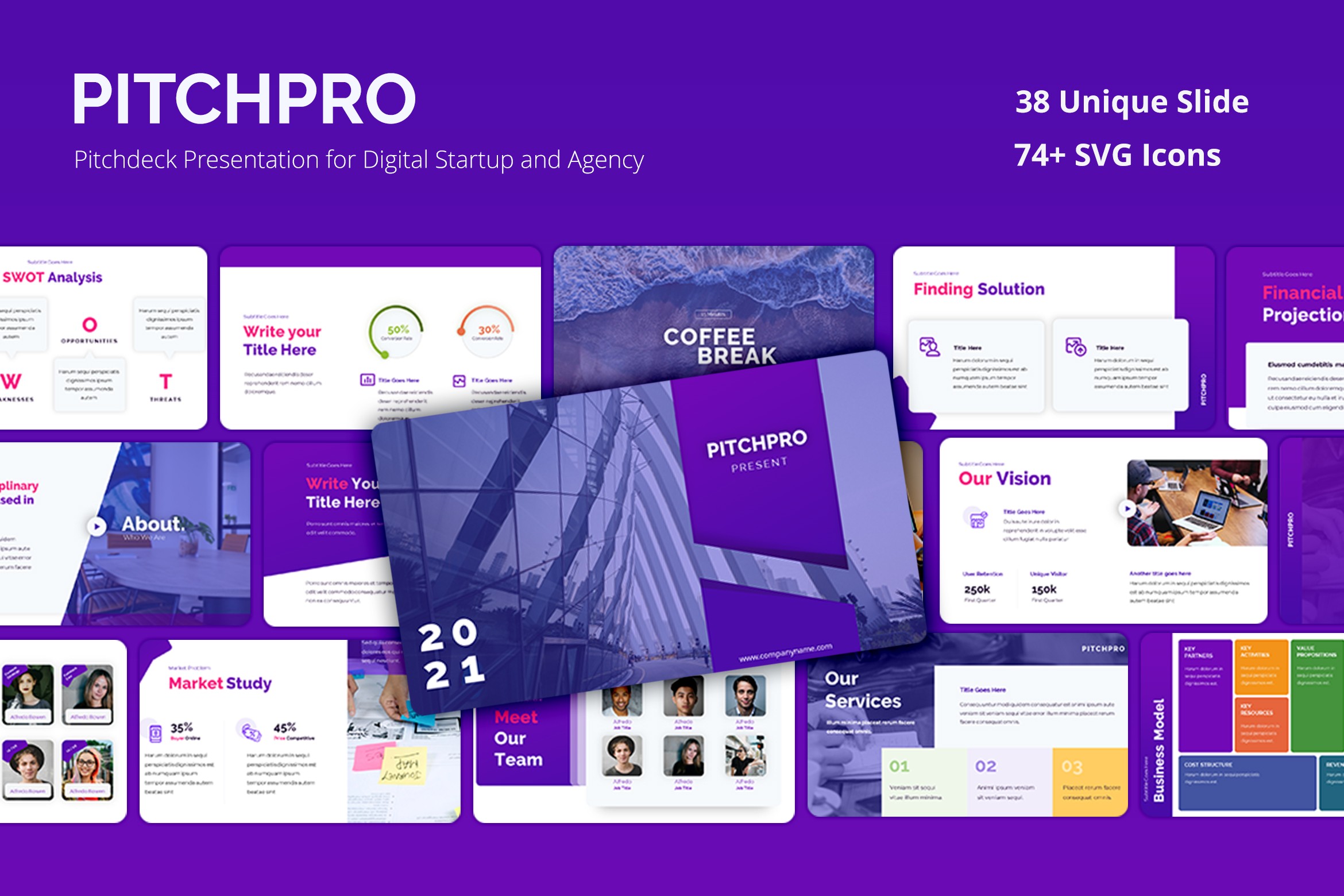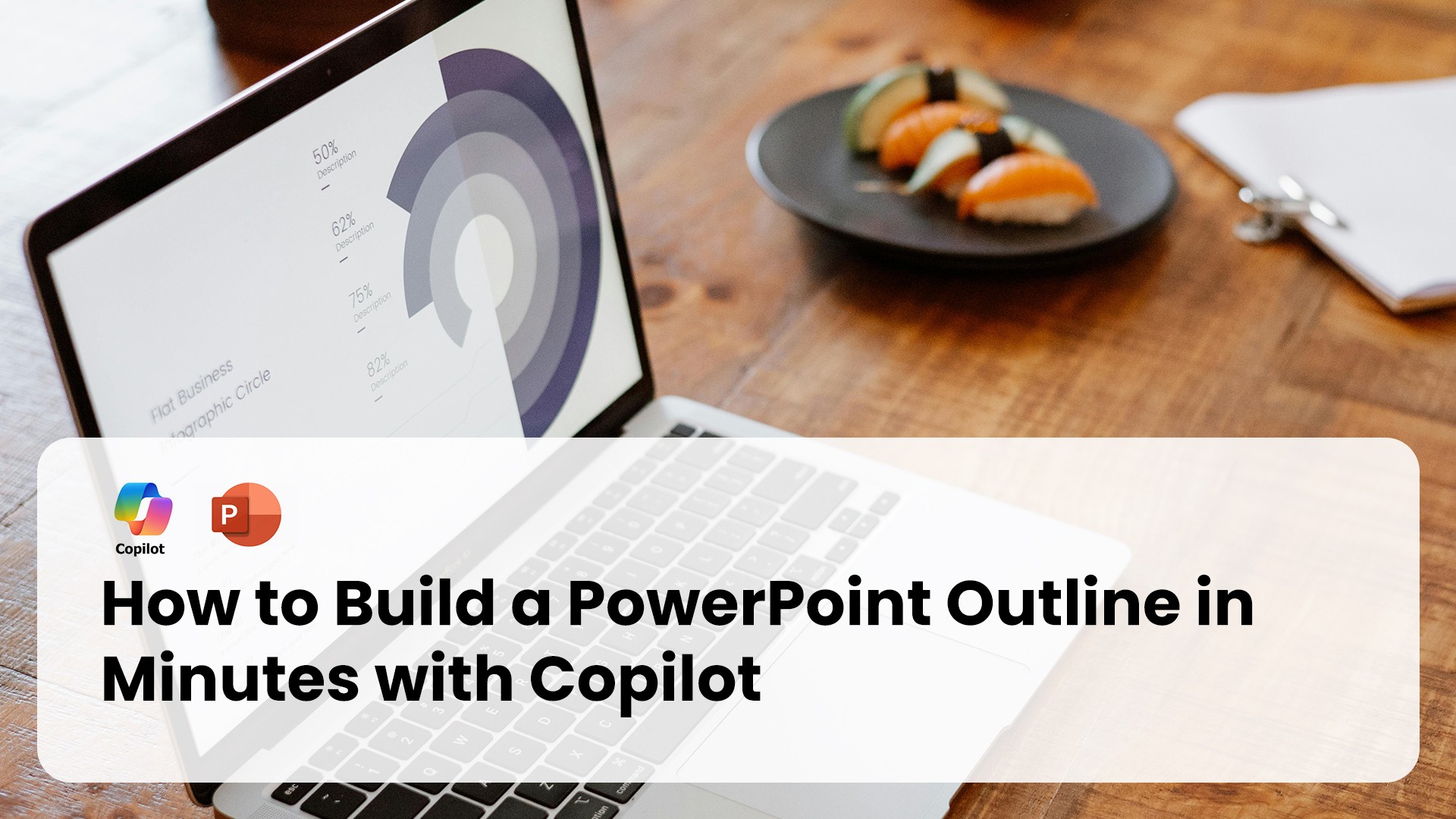Table of Contents
Investors in 2025 are harder to impress. Attention spans are shorter, expectations are higher, and generic pitch decks get tossed in seconds. But some founders are still getting funded. What’s their edge?
It’s not flashy animations. It’s not overdesigned decks. It’s a clear slide strategy that tells a focused story — one that connects emotionally and communicates value fast.
Here’s the exact pitch deck strategy that’s helping early-stage founders stand out and raise capital in 2025.
📐 Use a Simple, Smart Slide Structure
Forget the 30-slide investor deck. The winning formula? 10–11 slides max, built to tell a tight, logical story. Here’s what’s working:
- 1. Intro Slide: Your brand, mission, and one-liner
- 2. The Problem: Show the pain — with emotion or data
- 3. Your Solution: Position your product as the hero
- 4. Market Size: Who’s your target, and how big is the opportunity?
- 5. Business Model: How do you make money?
- 6. Traction: Real numbers, user growth, partnerships
- 7. Team: Why your team can win
- 8. Roadmap: What’s coming next
- 9. Financials: Basic, readable projections
- 10. CTA: What are you asking for? Be bold.
Optional: Add a product demo, prototype link, or appendix slide if you’ve got it.
📊 Keep Your Content Minimal, But Impactful
Each slide should deliver one key message. Not three. Not five. One.
- Use large, readable fonts (30pt+)
- Lean on simple charts, visuals, mockups
- Avoid jargon — clarity wins over complexity
If your slide looks like a LinkedIn blog post… it’s too much. Make it scannable at a glance. Slides are support, not scripts.
Also Read : How to Make a Good Presentation in PowerPoint (With Examples & Free Template)
🎨 Design That Doesn’t Try Too Hard
What works in 2025? Clean, minimalist decks with consistent colors, smart white space, and zero distraction.
- Fonts: Stick to one or two max
- Colors: Use your brand palette — no rainbows
- Transitions: None, unless you're on stage and using them with purpose
Investors don’t care about animations. They care if your message lands.
Also Read : Essential Outline for a Startup Pitch Deck That Actually Works
📖 Story First, Data Second
The best decks don’t open with a TAM chart — they open with a human problem. A story. A scene. A struggle.
Hook your audience emotionally in the first 30 seconds. Make them feel the gap your product is filling. Once they care, your data will hit harder.
🎯 Tailor the Deck to Your Audience
Pitching angels? Emphasize vision. Pitching VCs? Talk growth, market domination, exit potential. Pitching accelerators? Focus on traction and team.
Your deck isn’t just about you — it’s about what your audience needs to hear to believe in you.
💥 Bonus Slide That’s Working Right Now
The GTM (Go-to-Market) Plan is making a comeback. If you’re early-stage, use this to show how you'll get your first 1000 users. Be practical. Be real. Investors love it when you’ve thought beyond the product.
🔧 Tools to Build Your Deck Faster
Don't waste hours fumbling with design — let ready-made pitch deck templates do the heavy lifting for you. These are founder-focused templates built to impress investors and save time:
PitchUp – Professional Pitch Deck Template: Clean and modern, built for real fundraising.
DIGIT – Startup Business Fundraising Presentation: Great for pre-seed and early-stage pitch stories.
Pitch23 – Startup Pitch Deck: Balanced slides with traction, business model, and team emphasis.
NuPitch – Pitch Deck Professional Template: Best for B2B or SaaS founders who need credibility and clarity.
PitchPro – For Digital Startups & Agencies: Edgy layout with startup/tech feel, perfect for growth-stage startups.
All templates are available in PowerPoint and Keynote formats, with easy-to-edit slides, clean charts, and investor-focused slide flow.
Bonus: You’ll get access to visual assets, mockups, and icon sets to help your pitch feel branded and professional.
✅ Final Thoughts
You don’t need a perfect deck. You need a clear, confident one.
Structure your slides like a story, speak like a founder who knows the problem inside out, and design with restraint. That’s the pitch deck strategy that’s getting real attention — and real funding — in 2025.

